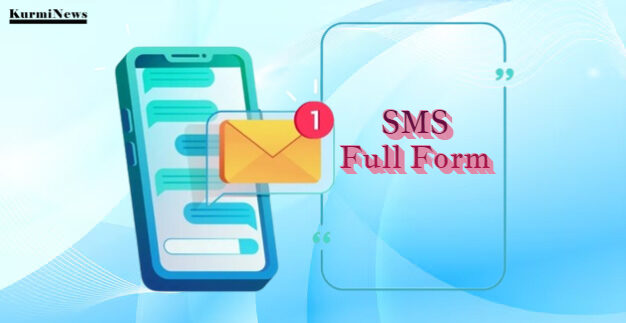SMS Full Form: What is SMS?
SMS Full Form: SMS, an abbreviation for Short Message Service, represents a popular method for sending concise text messages across cellular networks, facilitating global communication akin to text messaging.
Understanding SMS: SMS Full Form
Operating since 1969, SMS functions as a computer protocol enabling the transmission of text messages between mobile phones and network operators. Messages are composed on mobile devices and sent in sequence, with the recipient’s phone decoding them upon receipt.
SMS relies on various commands like PUT, PATCH, and ONSCRIPT for efficient message transmission, modification, and monitoring.
Advantages of SMS: SMS Full Form
SMS offers several benefits, including:
- Universal reach: Messages can be sent to any mobile phone, irrespective of subscription.
- Desktop accessibility: SMS can be composed and sent from desktop computers.
- Mobile convenience: Users can send and receive SMS on their mobile phones, regardless of subscription status.
- Support for pager devices: SMS can be transmitted through pager devices, including portable and mobile phone pagers.
How to Send SMS: SMS Full Form
Sending an SMS involves crafting a message and dispatching it to the recipient’s mobile device. Messages usually appear as alerts on the recipient’s screen, with options for attachments such as pictures or maps. SMS Full Form
Steps to Send SMS via Mobile Phone:
- Enable the text messaging feature on your mobile device.
- Compose your message using the keypad or touchscreen.
- Select the option to send the message.
Limitations of SMS: SMS Full Form
Despite its widespread use, SMS (SMS Full Form) has some drawbacks:
- Accessibility challenges for illiterate users with long or complex messages.
- Lack of multimedia support, limiting its ability to convey complex information.
- Input difficulties with special characters, requiring multiple key presses.
- Interface constraints may hinder message readability on touch screens.
Conclusion:
Introduced in 1992 for wireless mobile networks, SMS (SMS Full Form) has evolved from its origin for devices like pagers to become a ubiquitous form of communication. Despite limitations, SMS remains widely utilized for sending short text messages efficiently.
FAQs about SMS Full Form
What is SMS and how does it work?
SMS, or Short Message Service, is a method of sending concise text messages through cellular networks. It operates via a computer protocol, facilitating message transmission between mobile phones and network operators. Messages are composed on mobile devices and sent sequentially to recipients.
What are the advantages of using SMS?
SMS offers several benefits, including universal accessibility to any mobile phone, compatibility with desktop computers, convenience on mobile devices, and support for pager devices. These features make SMS a versatile and widely used communication tool.
How can I send an SMS from my mobile phone?
To send an SMS from a mobile phone, users need to enable the text messaging feature, compose their message using the keypad or touchscreen, and then select the option to send the message. The recipient will receive the message as an alert on their screen.
What are the limitations of SMS?
Despite its popularity, SMS has limitations such as difficulties for illiterate users with complex messages, lack of multimedia support, challenges with special character input, and potential readability issues on touch screens due to interface constraints.
When was SMS introduced and how has it evolved?
SMS was introduced in 1992 for wireless mobile networks, originally designed for devices like pagers. Over time, it has evolved into a ubiquitous form of communication, despite its initial limitations. Today, SMS remains widely utilized for sending short text messages efficiently.

